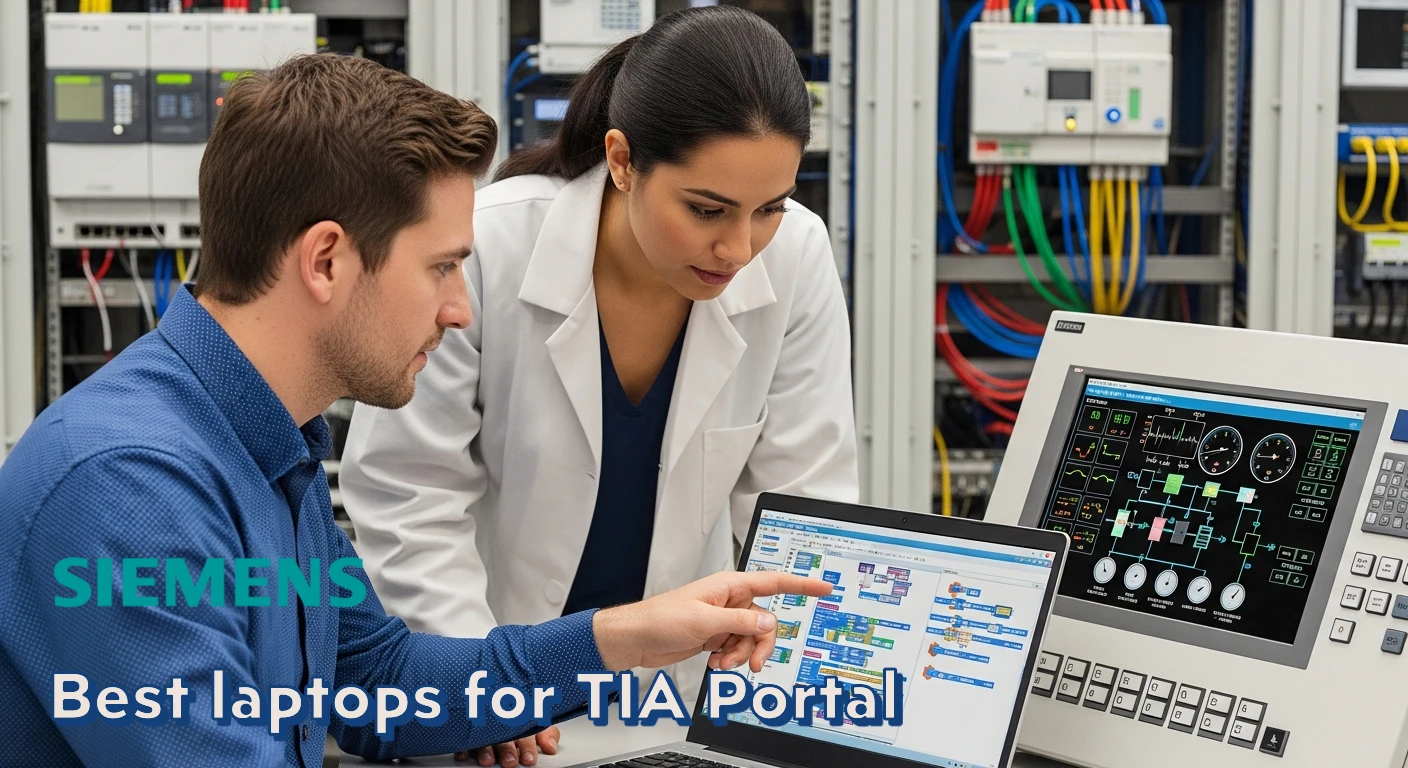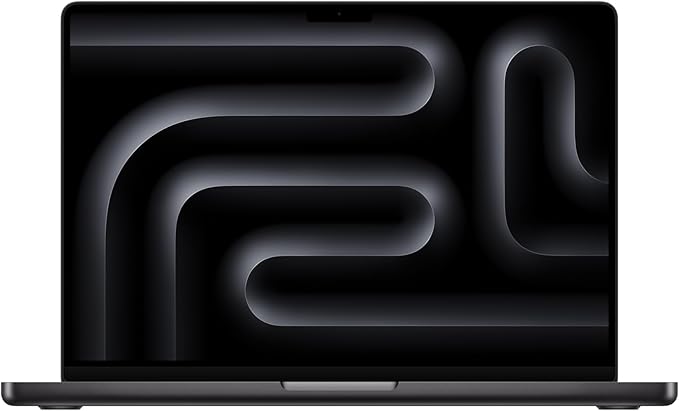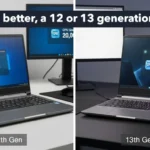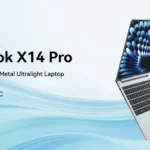If you spend your days deep in Siemens TIA Portal, you already know how demanding this software can be. Whether you’re building PLC programs, designing HMI interfaces, or juggling multiple virtual machines, you need a laptop that won’t choke halfway through a compile.
This guide breaks down the best laptops for TIA Portal in 2025 — based on real engineering workloads, not just spec sheets. We’ll talk about what actually matters (CPU, RAM, and reliability), then review the top workstation laptops that can handle Siemens’ ecosystem smoothly.
Also Read: Best Laptops for PLC Programming
🧠 Why TIA Portal Needs Serious Hardware
TIA Portal isn’t your average office app — it’s a complex engineering environment that can use a lot of CPU and memory. Large projects, simulations, or WinCC Unified visualizations can easily push standard laptops to their limits.
If you’ve ever waited minutes for a compile to finish, you know what I mean.
What actually matters:
| Component | Recommended for TIA Portal | Why It Matters |
|---|---|---|
| CPU | Intel Core i7 / i9 (HX, H) or AMD Ryzen 7 / 9 | The compiler and runtime benefit from higher clock speeds and multiple cores. |
| RAM | 16 GB (minimum) / 32 GB (ideal) | Running multiple PLCs or VMs eats memory fast. |
| Storage | NVMe SSD, 512 GB or higher | Project files and backups load much faster. |
| GPU | Optional (NVIDIA RTX or A-series) | Only needed if you use WinCC Unified, CAD, or visualization tools. |
| OS | Windows 10 or 11 Pro (64-bit) | Siemens officially supports these systems. |
If you plan to run virtual machines or use TIA Portal with WinCC Unified, go for at least 32 GB of RAM and an HX-series CPU. It makes a world of difference.
Also Read: TIA Portal System Requirements
⚙️ The Best Laptops for TIA Portal
Below are the top-performing laptops for engineers who use Siemens TIA Portal regularly. Each one has been selected for stability, long-term performance, and upgrade flexibility.
🧰 1. Lenovo ThinkPad P16 Gen 3 — The Ultimate Mobile Workstation

If you want a true desktop replacement, this is it. The ThinkPad P16 is built for professionals who compile huge projects or run several virtual environments at once.
Key Specs
- Intel Core Ultra H or i9 HX processor
- 32 GB DDR5 RAM (upgradeable to 64–192 GB)
- 1 TB NVMe SSD
- Optional NVIDIA RTX A3000 GPU
- Windows 11 Pro 64-bit
Why it stands out: rock-solid cooling, workstation certification, and military-grade durability.
Pros: Extreme reliability, upgrade-ready, best for large-scale projects.
Cons: On the heavier side, premium pricing.
💼 2. Lenovo ThinkPad P1 Gen 7 — Power Meets Portability
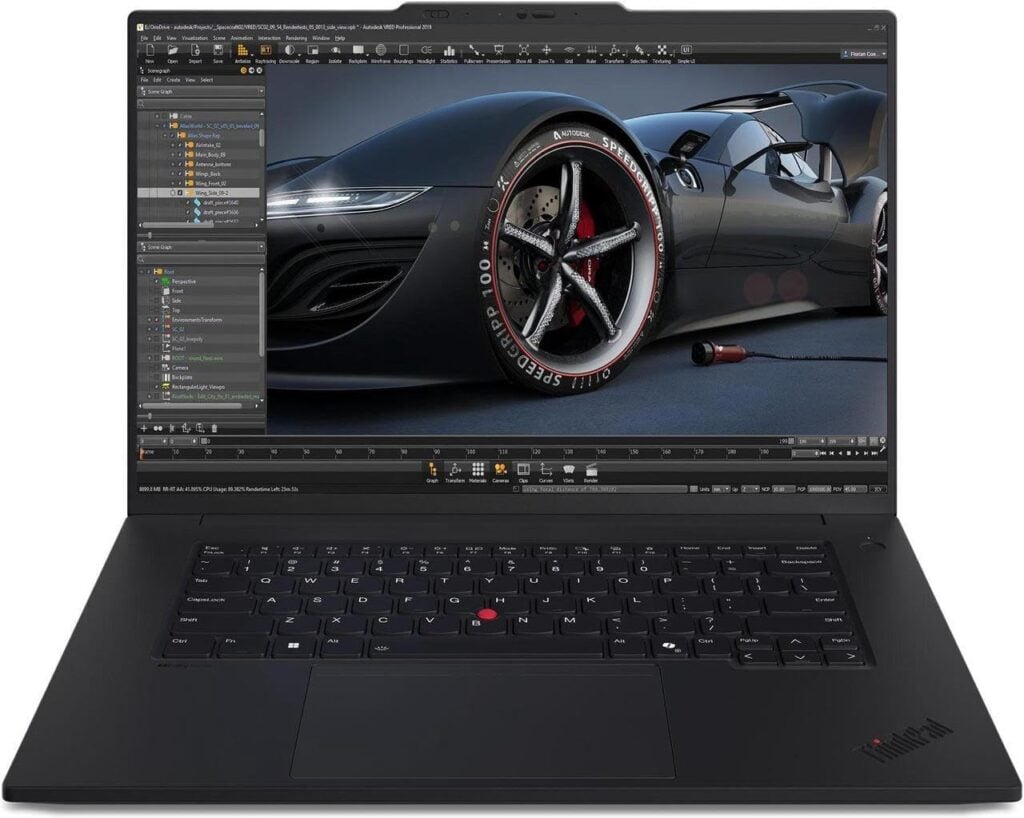
Think of it as the slim sibling of the P16. It’s lighter but still powerful enough for serious work.
Specs
- Intel Core i7/i9 H-series
- 32 GB RAM
- 1 TB SSD
- RTX Pro 2000 GPU
Why it’s great: excellent balance of performance and mobility. Perfect if you travel between plants or customer sites.
Pros: Lightweight, premium display, reliable build.
Cons: Limited thermal headroom on the top-tier models.
⚡ 3. Dell Precision 7670 — Built for Heavy-Duty Engineering
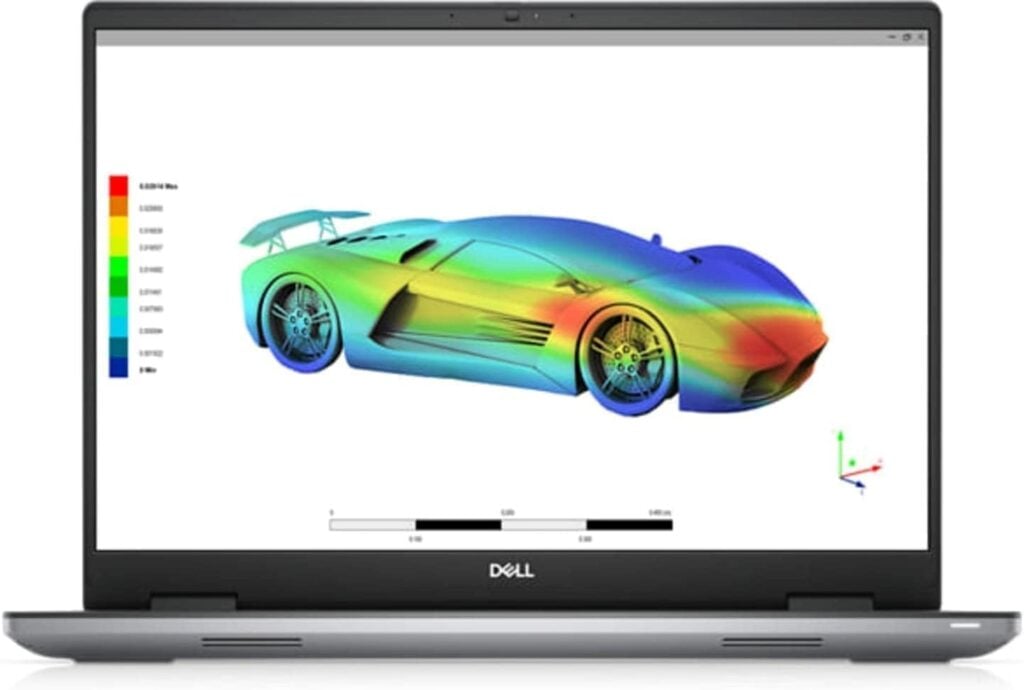
Dell’s Precision line has been a favorite among engineers for years, and the 7670 continues that legacy.
Specs
- Intel Core i9 HX or Xeon processor
- 32–64 GB DDR5 RAM
- Up to 2 TB SSD
- NVIDIA RTX A2000–A4500 GPU
Why it’s great: enterprise-grade reliability and endless customization options.
Pros: Excellent cooling, ISV-certified, easy to service.
Cons: Bulky; battery drains fast under heavy workloads.
🧠 4. HP ZBook Fury 16 G11 — Reliable Workhorse for Engineers

This machine means business. It’s ideal for users who spend long hours in TIA Portal or need workstation-level performance.
Specs
- Intel Core i9 HX or Xeon
- 32 GB (expandable)
- 1 TB NVMe SSD
- NVIDIA RTX A3000
Why it’s great: ISV-certified, durable, and designed for long-term performance.
Pros: Fantastic cooling, long lifespan, strong security features.
Cons: Slightly heavier than typical laptops.
🎨 5. Asus ProArt P16 — For Engineers Who Also Create

This one’s not just for artists — it’s perfect for engineers who also deal with visualization, HMI design, or documentation.
Specs
- AMD Ryzen 9 HX / Intel Core i9
- 32 GB RAM
- 1 TB SSD
- RTX 4070 GPU
- OLED 3K/4K display
Why it’s great: vibrant screen and exceptional performance for both engineering and design work.
Pros: Stunning display, fast CPU, solid battery.
Cons: Can get warm under prolonged workloads.
🧩 6. MSI WS / Creator Series — Best for Value and Upgradability

If you want raw power without the steep price tag of a workstation, the MSI WS or Creator models hit the sweet spot.
Specs
- Intel i7/i9 HX or AMD Ryzen 9 HX
- 32 GB RAM (expandable)
- 1 TB NVMe SSD
- RTX 4060–4080 or A3000 GPU
Why it’s great: tons of power for the price, with plenty of ports and upgrade options.
Pros: Great value, easy upgrades, solid performance.
Cons: Build quality not quite on ThinkPad/ZBook level.
📊 Quick Comparison Table
| Laptop | Ideal For | CPU | RAM | Storage | GPU | Key Strength |
|---|---|---|---|---|---|---|
| Lenovo ThinkPad P16 | Big TIA projects, virtualization | Intel HX | 32–64 GB | 1 TB | RTX A3000 | Workstation-grade power |
| Lenovo ThinkPad P1 | On-the-go engineers | i7/i9 H | 32 GB | 1 TB | RTX Pro 2000 | Portability + performance |
| Dell Precision 7670 | Heavy-duty workloads | i9/Xeon | 32–64 GB | 2 TB | RTX A4500 | Enterprise reliability |
| HP ZBook Fury 16 G11 | Long, demanding sessions | i9/Xeon | 32 GB | 1 TB | RTX A3000 | Rock-solid stability |
| Asus ProArt P16 | HMI + design work | Ryzen 9 HX | 32 GB | 1 TB | RTX 4070 | Best display quality |
| MSI Creator/WS | Balanced value | i9 HX | 32 GB | 1 TB | RTX 4060 | Best price/performance |
Tips for Choosing the Right Laptop for TIA Portal
- Go for Windows Pro: TIA Portal officially supports Windows 10/11 Pro and Enterprise only.
- Invest in RAM: 32 GB makes a visible difference when running virtual machines or WinCC Unified.
- SSD > HDD: NVMe SSDs dramatically reduce compile and load times.
- Ethernet matters: Choose a laptop with a physical RJ-45 port or a reliable USB-to-Ethernet adapter.
- Avoid underpowered ultrabooks: They’re fine for Word and Excel, but not for full-scale PLC projects.
🧭 How to Choose the Best Laptop for TIA Portal
Time needed: 9 minutes
Choosing the right laptop for Siemens TIA Portal is all about balancing performance, reliability, and mobility. Follow these three simple steps to make sure your next laptop handles every PLC or HMI project without slowing down.
- Focus on CPU and RAM Performance
Look for a modern Intel Core i7/i9 HX or AMD Ryzen 7/9 processor.
Pair it with at least 16 GB RAM (32 GB is ideal if you use virtual machines or large WinCC projects).
These two components will have the biggest impact on compile times and overall responsiveness. - Choose Fast Storage and a Supported Operating System
Always go with an NVMe SSD — it’s several times faster than a standard hard drive and keeps your workflow smooth.
Install Windows 10 or 11 Pro (64-bit), since Siemens officially supports only these systems for TIA Portal.
This ensures full compatibility with PLC drivers and software tools. - Pick a Reliable Workstation Brand
Stick to professional-grade laptops like Lenovo ThinkPad P-series, Dell Precision, or HP ZBook.
These machines are built for engineering workloads, offer better thermals, and are easy to service or upgrade over time.
You’ll save yourself a lot of downtime and frustration later on.
🙋♂️ FAQs
Technically yes — via a Windows VM — but it’s not recommended. Native Windows laptops perform much better and avoid compatibility headaches.
Only if you work with WinCC Unified or heavy visual projects. Otherwise, integrated graphics are fine.
Barely. It works for small projects but becomes painfully slow once your project grows. Always aim for 16 GB or more.
🔧 Final Thoughts
At the end of the day, TIA Portal is all about stability and speed. You want a machine that keeps up when you’re knee-deep in ladder logic, compiling massive projects, or managing virtual PLCs.
If you’re serious about Siemens automation, don’t cheap out on hardware. Go for something built for professionals — like a ThinkPad P-series, Dell Precision, HP ZBook, or a high-end MSI/Asus workstation. These laptops are made to work as hard as you do.
✅ Pro Tip: Bookmark this page before your next laptop upgrade — we’ll keep it updated with the latest workstation releases and real-world engineering feedback.
